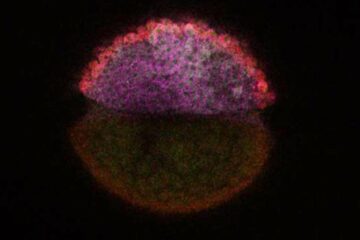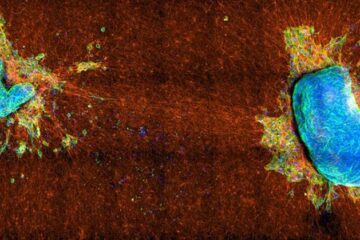NASA's Terra Satellite glares at the 37-mile wide eye of Super Typhoon Trami

At 9:50 a.m. EDT (1350 UTC) on Sept. 24, the MODIS instrument aboard NASA's Terra satellite provided a visible-light image of Super Typhoon Trami in the North Western Pacific Ocean. Credit: NASA Worldview, Earth Observing System Data and Information System (EOSDIS).
At 9:50 a.m. EDT (1350 UTC) on Sept. 24, the Moderate Resolution Imaging Spectroradiometer or MODIS instrument aboard NASA's Terra satellite provided a visible-light image of Super Typhoon Trami in the North Western Pacific Ocean.
The MODIS image showed that Trami has a symmetric eyewall surrounding a 37 nautical-mile round eye.
At 11 a.m. EDT (1500 UTC) on Sept. 24 the center of Super Typhoon Trami was located near latitude 19.4 degrees north and longitude 129.5 degrees east. It is located 445 nautical miles south-southeast of Kadena Air Base, Okinawa Island, Japan.
The Joint Typhoon Warning Center noted that the storm is moving toward the wet-northwest and this general motion is expected to continue. Maximum sustained winds are near 149.6 mph (130 knots/240.8 kph) with higher gusts.
Trami is expected to peak at 167 mph (145 knots/268 kph) in the next day before beginning a weakening trend.
Media Contact
More Information:
https://blogs.nasa.gov/hurricanes/tag/trami-2018/All latest news from the category: Earth Sciences
Earth Sciences (also referred to as Geosciences), which deals with basic issues surrounding our planet, plays a vital role in the area of energy and raw materials supply.
Earth Sciences comprises subjects such as geology, geography, geological informatics, paleontology, mineralogy, petrography, crystallography, geophysics, geodesy, glaciology, cartography, photogrammetry, meteorology and seismology, early-warning systems, earthquake research and polar research.
Newest articles

Decoding development: mRNA’s role in embryo formation
A new study at Hebrew University reveals insights into mRNA regulation during embryonic development. The study combines single-cell RNA-Seq and metabolic labeling in zebrafish embryos, distinguishing between newly-transcribed and pre-existing…

Study sheds light on cancer cell ‘tug-of-war’
How cancer cells tug against each other determines whether they can migrate elsewhere in the body. Understanding how cancerous cells spread from a primary tumor is important for any number…

Latest generation of self-dissolving stents
Magnesium implants support coronary arteries and keep them open. Constricted coronary arteries harbor dangers: Because the heart is not supplied with blood properly, this can lead to pain, cardiac arrhythmia,…





















